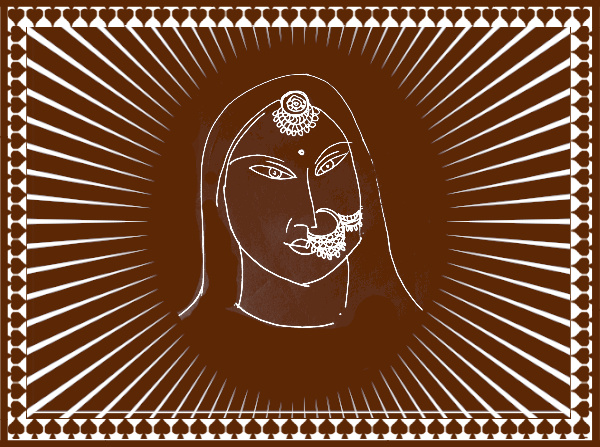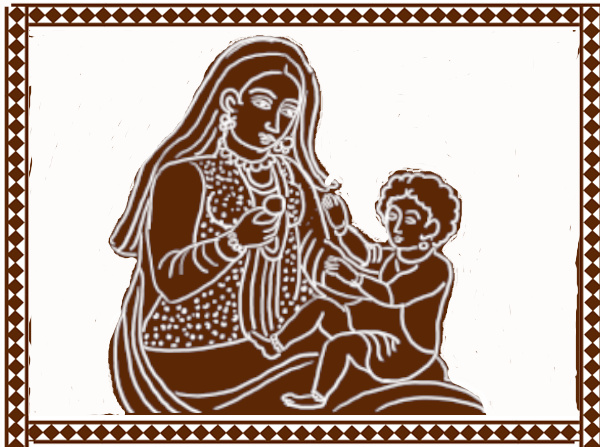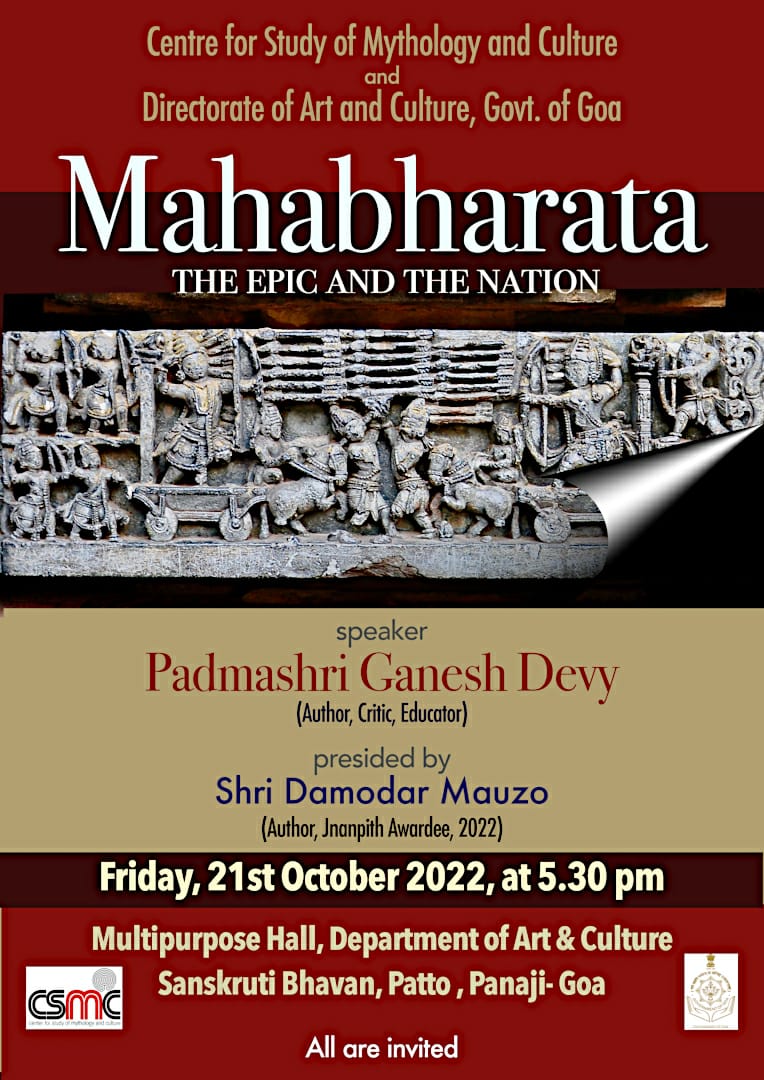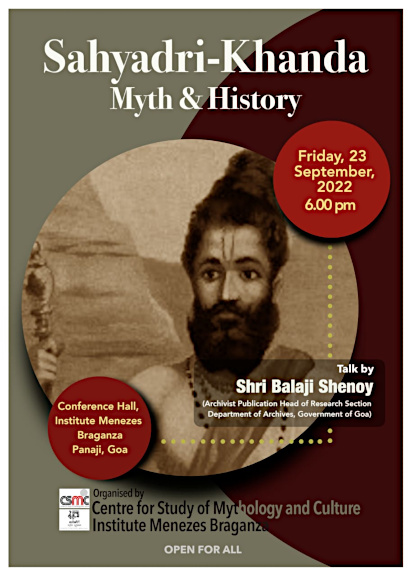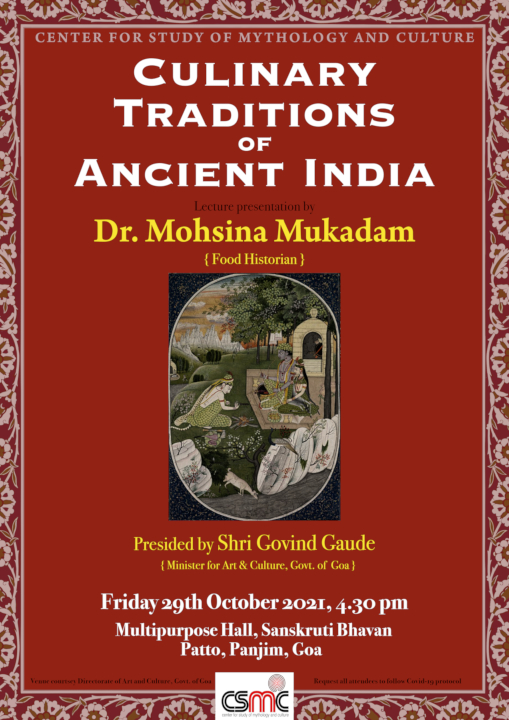
The story of Cinderella is found across many continents albeit with some local variations. This version of Cinderella and sardine man was first collected from Goa, and is based on the Portuguese tale of Pedrosa. The tale was collected from pre-independent Goa by anthropologists Sara Davidson and Eleanor Phelps in 1937.
Pedrosa was a young and exceptionally beautiful girl. But her stepmother was jealous of her beauty and ill-treated her by keeping her hungry and making her do all the household chores. Her stepsisters too made her life miserable by constantly humiliating her. One day Pedrosa’s stepmother ordered her to get sea foam in a glass. As she went to the beach to collect the sea foam, she met a man with a basket full of sardines. Hungry Pedrosa requested the man to give her one sardine, thinking she would feast on roasted fish that night. The man gladly gave her a sardine. The girl was delighted. When she reached home she kept the sardine in a pot near the well and rushed inside the house to complete her household duties. But Pedrosa’s step mother kept her busy whole day. In the evening the girl came to the well and started looking for the sardine. Alas! The sardine had jumped into the well and escaped. She felt so miserable that she began to cry cursing her fate. Hearing her cries, a tall man emerged from the well and asked her why was she crying?. Pedrosa told him about the sardine she wanted to eat. Man consoled her and told her- ‘He’ was the sardine and promised her that if she needed any help she should call him out and he will be there to fulfil her command.
Days went by and the annual ball dance at the palace was announced. All the young girls from the village were excited to attend the ball dance at the royal palace. Pedrosa’s step sisters went shopping for expensive clothes and beautiful gowns and shoes for attending the ball. Pedrosa too wished to attend the dance gala but she neither had good clothes nor any shoes. She remembered the sardine man’s promise. She went to the well and called out for help. At once the sardine man appeared and agreed to sent her to the ball dance gala at the royal palace. As promised Sardine man gave her a beautiful gown and golden shoes and prepared a silver chariot to take her to the gala with a condition that she should return home by the stroke of 12.
When Pedrosa reached the palace, everyone was dazzled by her beauty but no one knew who she was. The Prince danced with her and was mesmerised by her charm. As the clock struck 12, girl hurried back to chariot. The Prince was so smitten by her beauty, he tried to stop her from leaving the dance floor. But Pedrosa slipped away and the Prince was left holding one of her golden shoes that had fallen off her feet. The beautiful girl thus disappeared from everyone’s sight and the Prince was left heartbroken.
Next day the king ordered his guards to look for the girl with a golden shoe, because the prince wanted to marry her. The royal guards began house to house search for the girl. As they reached Pedrosa’s house, step mother ordered her to remain inside the kitchen and presented her ugly daughter to try out the shoe. She knew that shoe would not fit her so she even tried to cut her daughter’s toes to fit the shoe. But shoes was too small for her feet. The Guards asked if there was any other girl in the house and step mother replied “Oh there is only a servant girl and she did not go for the dance gala.” But the royal guards insisted the servant girl also try the shoe. Voila ! It was a perfect fit. The step mother was aghast to see how the golden shoe fitted her step daughter’s feet.
Royal guards took Pedrosa to the palace. Prince at once recognised her and decided to marry her very next day. The girl was happy to live in the palace.She had over come all the hardships in life. Very soon she got pregnant with her first child and step mother told her husband that as per the custom they should bring the girl home during the first pregnancy. Her father went to the palace and requested the prince to send the daughter home. Reluctantly Prince allowed his wife to go home. In due course of time, the girl gave birth to a beautiful healthy baby boy. Prince sent the message that he would soon come to take his wife and son back to his palace.
But the wicked step mother had thatched a plan. She sent Pedrosa to the well to have bath. She had secretly built and platform out of rotten planks. The moment the girl climbed on the platform, rotten planks gave way and the girl fell into the well. Step mother was overjoyed to see the girl fall into the well , she quickly covered the well with with some planks and closed the well mouth.
Meanwhile, she dressed up her daughter like her step daughter, and sent her and the baby boy along to the palace. Prince was surprised to see how his wife had turned so ugly. But the stepsister sobbed bitterly and explained how during pregnancy and the birth of the boy she had lost her beauty and had turned into an ugly woman. Prince, was aghast and started ignoring her.
Meanwhile , the sardine man had saved Pedrosa from drowning in the well. Pedrosa would often remember her new born baby boy and would start crying longing to see him. One day she requested the sardine man to take her to the boy, so that she could kiss him. Sardine man arranged a visit in the night. But the palace guard noticed her and informed the prince, and when the girl arrived and kissed the boy he captured her . Pedrosa narrated the entire plot of her stepmother and described how she was imprisoned in a well and how the stepsister was sent back in her place.
The Prince was furious and ordered his guards to behead the stepsister at once. Thus Pedrosa and the prince lived happily ever after.
Story collected by : Vidya Kamat
Text source: Folktales from New Goa India, Ed by Sarah Davidson and Elenore ,Phelps 1937, translated by Dr.Pandurang Phaldesai , 2021
Location: Goa
Image copyright: Vidya Kamat







